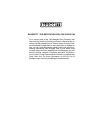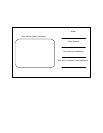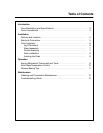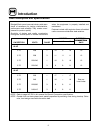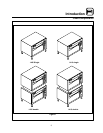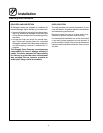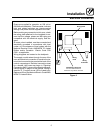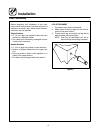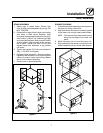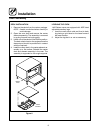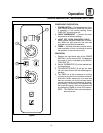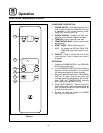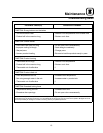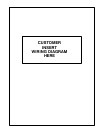
Operation
11
General Baking Tips
PIZZA BAKING PROBLEMS
Uneven Bakes
D
Oven door open too long
D
Improper scaling of dough
D
Warped pans
Product Burning
D
Thermostat set too high
D
Product left in the oven too long
Dried Out Product
D
Oven temperature too low
D
Not using enough water in mix
Extended Baking Times
D
Temperature setting too low
D
Excessive door openings
D
Improper pre-heating t ime
BAKING TIPS
D
The deck is intended for cooking pizza and
bread products, other types of food may be
cooked in pans or containers.
D
Scale dough for consistent product.
D
Proof dough to proper consistency.
D
Sicilian type pizzas require a longer baking
time.
D
Pizza in pans bake slower than those on
screens.
D
Alternateusebetweenupperandlowershelf.
D
Break bubbles that sometimes occur in baking.
(Usually occurs with refrigerator dough.)
D
Frequent needless opening of oven door
should be avoided.
D
Rotate placement of pizza in oven.
D
Refer to this manual for proper installation and
ventilation.
SUGGESTED TIMES AND TEMPERATURES
Pizza should be placed in pans or on screens
when baked in the oven.
Time
Baking time will vary with the amount of garnish on
the top of the pizza. Generally speaking, pizzas
baked in pans should bake in approximately 7 -1/2
to 12 minutes. Pizza baked on screens should
bake in approximately 5 to 7 minutes. Raising the
temperature to accelerate baking time is effective
up to a point. Then the quality of the bake begins
to lessen.
Te mp era tu re
The ideal temperature for baking pizza pies will
vary depending on the type of pie and the method
of baking. It is suggested that you attempt experi-
mental initial bakes at 450_F 232_C), making note
of the time required to achieve a firm crust. If t he
cheese breaks down too quickly or scorches, you
should then lower your temperature and lengthen
your baking time. If faster production is desired,
attempt a dditional bakes raising baking tempera -
tures in increments of 25_F (15_C). This willenable
you to determine the highest temperature at which
you can bake and achieve quality results with
maximum production. Pull time is critical at high
temperatures. Shifting is unnecessary in most
cases.



